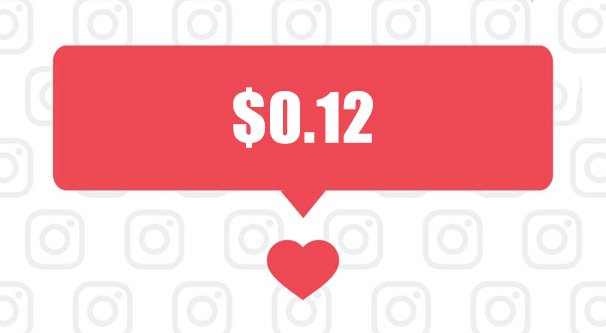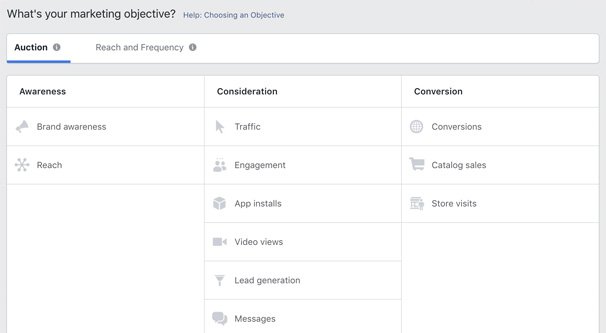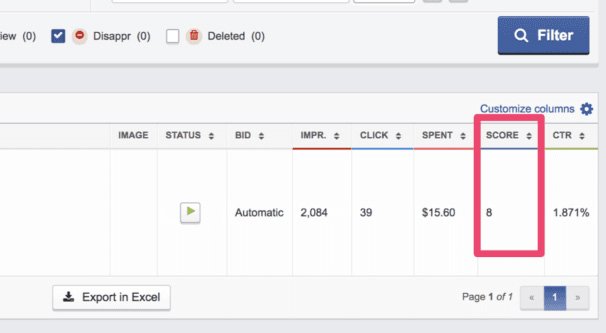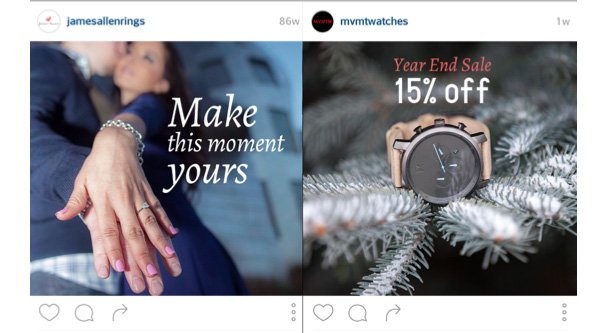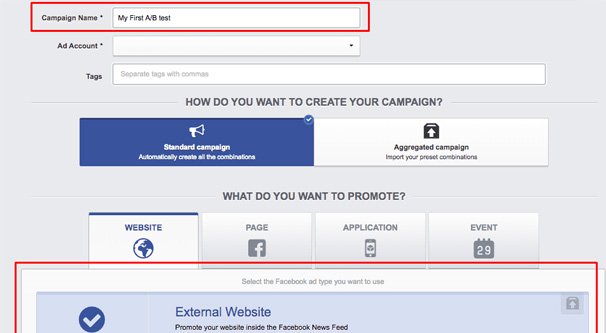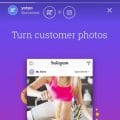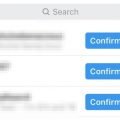A few years ago, a groundbreaking study showed that the average engagement rate on Instagram was massively higher than any other social network in existence. Part of the reason for this was the “walled garden” aspect of the platform, the high barrier to entry for anyone looking to use it for marketing.
Since then, predictably, the walls have come down. Seeing opportunity, Facebook has lowered the barrier to entry. You can browse the network from desktop, you can run ads on the platform, you can post using third party apps – as long as they’re marketing partners – and so on.
Also predictably, the average engagement rate has been dropping as more and more businesses invade this formerly safe space.
That’s not to say that Instagram is no longer a good place to advertise. In fact, Instagram is still one of the best platforms, if you’re able to use the site properly and your audience is present.
What do I mean? A B2B company selling pipe fittings isn’t going to be able to produce a lot of high quality imagery that connects with a broad audience, for two reasons. For one thing, their product isn’t exactly glamorous. For another, their audience largely isn’t using Instagram. They’re better off looking elsewhere, like Facebook or LinkedIn.
On the other hand, a company selling athletic apparel is going to have a great time. Their audience is there; millions of people on Instagram are into sports and outdoor activities. Athletics also form a great basis for a lot of stunning imagery and highly compelling pictures; all it takes is a model and an exotic location.
If you’re the right kind of company to advertise on Instagram, you can do so with a lot of positive results, so long as you know the basics of advertising and ad optimization. It sounds complicated, but that’s just us marketers justifying our jobs. Take it slow and you can learn what you need to learn just like we did.
Instagram Ad Objectives
There are three primary goals you may have when you’re advertising. The first goal is brand awareness; you want people to find out who you are and, if you’re lucky, look a little deeper into it.
The second objective is followers. You want your audience to grow, particularly if it’s made up of people who are interested in your brand and potentially interested in making a purchase. You have to target the right audience, of course, but you can get a lot of followers with your advertising.
The third objective is the end goal of any business: to get customers. You want to convert your audience into paying customers, and you can do that with advertising.
Now, I have to reiterate this point for any newcomers. Facebook owns Instagram, and rather than maintain two different ad systems, “Instagram” is merely a placement for Facebook ads. If I mention using Facebook ads or that Facebook does something, it’s true of Instagram as well.
For Instagram-placement Facebook ads, the company offers almost a dozen different ad objectives. Each of these can fall into one of the three categories above, though with a little more nuance.
- Brand Awareness. This objective can be chosen for both feed ads and stories ads, and is optimized to show your ads to as many people as possible who may not know about your brand but who may be interested in it.
- Reach. This objective works for both feed and stories ads. It optimizes ads to be shown to as many people as possible, to reach the largest audience with the smallest possible level of overlap.
- Traffic. This objective works for both feed and stories ads. It optimizes your ads to get as much traffic to your profile as possible. Think of it as optimizing for clicks to your Instagram profile itself.
- Engagement. This objective only works for feed ads, since stories don’t have lasting engagement. This is optimized to show your ads to the people most likely to leave a comment or reaction on the post.
- App Installs. This objective works for both placements. It’s focused on getting users to click through your ad and install the app you’re promoting. Obviously, this is a restricted ad type you can only use if you have an app you’re promoting and have that app registered with Facebook.
- Video Views. This objective works for both placements. It focuses on exactly what it says, trying to get as many people to view your video post as possible. Note that this is promoting an Instagram video or Story, NOT an off-site video on YouTube or whatever.
- Lead Generation. This objective works for both placements as well. It focuses on optimizing your ads to show in front of the most likely potential customers of your audience. It tries to get users to sign up for your lead generation forms or newsletters.
- Messages. This objective works for feed posts only. It’s optimized to show to the people who are most likely to send your business a message and start a messenger conversation.
- Conversions. This objective works for both placements. It’s an ad type that is optimized to getting people to click through and buy something, either from your website, or by using the buy-through-Instagram features they’ve been releasing the last few years.
- Catalog Sales. This only works for feed posts. It’s an ad objective that focuses on the buy-through-Instagram feature specifically. You link a catalog up to Instagram and they allow you to sell items directly through their platform.
- Store Traffic. This is a specialized version of website traffic ads and it only works for feed posts. This type of objective focuses on getting people into your storefront.
Among these, you can see that some of them are focused on awareness, some of them are focused on building your audience, and some of them are focused on sales.
Thus we come to the first tip I have to give you: choose the right objective. If you’re trying to get the cheapest possible cost per follower, you want to choose the ad objectives that are going to lead to new followers. This generally means the awareness and the audience focused objectives, and NOT the sales-focused objectives. The sales objectives generally work best when you’re targeting your existing audience.
Additional Cost Factors
Other than choosing the right objective, if you want your ads to be as cheap per follower as possible, you need to optimize all of the other factors that can influence cost.
Before I get into them, though, you need to know one thing: the exact route to optimization will vary from business to business, audience to audience, and even month to month. Brands change, people change, and times change. What works for me might not work for you, or will work to a limited degree. The key to success is experimentation. Keep trying different things until you find one that works.
Ad Relevance Score
First up, know and optimize your relevance score. Relevance score is a quality monitor for Facebook ads and, by extension, Instagram ads. Your score is a number between 1 and 10, with 10 being the best possible score.
How is your relevance score calculated? Several factors go into it. Primarily, it’s a measurement of the amount of feedback an ad gets. Positive indicators – like video views for video ads, clicks for website ads, and comments for engagement ads – increase your relevance score. Negative indicators – like hiding the ad or reporting it as spam or irrelevant – will decrease your relevance score.
You want your ads to be attuned to your target audience and your ad objective. You want a straight line drawn between what you want, who you want to give it to you, and how you’re getting it from them.
Relevance score does not impact the performance of your ads; it’s a monitor, not an influence. However, it does affect the cost of your ads. A higher relevance score will mean decreased costs for your ads. This is in part simply due to the optimization you need to perform to get a higher relevance score, and is partly due to the effect of the score itself.
Natural Ad Production
One thing you may notice about the most successful posts on Instagram is that they’re natural. They’re organic.
They’re high quality without looking like they were beat to death in a focus group.
- They aren’t covered in sales text, and often have no text on the images themselves at all.
- They use high quality images with basic filters, if there are filters at all. These images are often produced with high quality cameras and edited on PCs, but aren’t over-done to the point where it’s obvious.
- The ads are designed to appear as native as possible. They’re just one more post in your feed, and more importantly, just one more post in the feeds of your audience. They shouldn’t stand out as ads, just as exceptional content.
You want people with an eye for artistic quality and the emotional resonance of an image in charge of your image production, not a sales guy whose experience mostly stems from search ads and display ads.
Remember Your Demographics
This is a key part of optimizing your audiences. It may be tempting to run an ad on Instagram with a potential to reach millions, but you don’t have the budget to actually reach millions of people. Instead, you need to drill down on various demographics and targeting factors to find just the right audience for you.
Part of this means knowing your own audience profiles. What is the age and gender of the group you’re trying to reach? Do they follow specific generalizations for income level, education level, or location? Relationship status? Facebook has dozens of targeting options you can browse through to see what might be of relevance to your audience.
Test Variations
Remember that you don’t just have one audience, you have many. Every business has different types of people who are interested in their products. Your athletics store might have people interested in running shoes, people interested in mountaineering gear, people interested in cycling gear, and people interested in sporting goods. You can sell to all of them, but no one advertisement is going to attract all of them, and you shouldn’t try.
Rather, build out a robust campaign with a variety of different ad sets, each ad set targeting a different kind of customer. Drill down in your targeting and customize your ad image to be as attractive to those people as possible. You won’t please everyone, so do your best to be as pleasing as possible to a smaller segment of your audience.
Consider More Than Cost
One element you need to consider at the end of the day is that the cost per follower is not necessarily the best metric to monitor. Yes, cheaper followers is less expensive, you got me there. What if those followers aren’t very engaged, though? Or what if you can only get a couple dozen of them? Are you really utilizing your time and money properly?
I often find that by spending a little bit more, I can tap into a slightly more competitive audience, but get both a higher volume of new followers, and a higher level of engagement from those followers. The cheaper audiences are cheaper for a reason, and that reason is generally just because they don’t discriminate in their follows. They’re the easy pickings.
All I’m saying is, do some budget testing. If you can spend a little more on your followers, but get both better followers and more of them, why not go for it?
